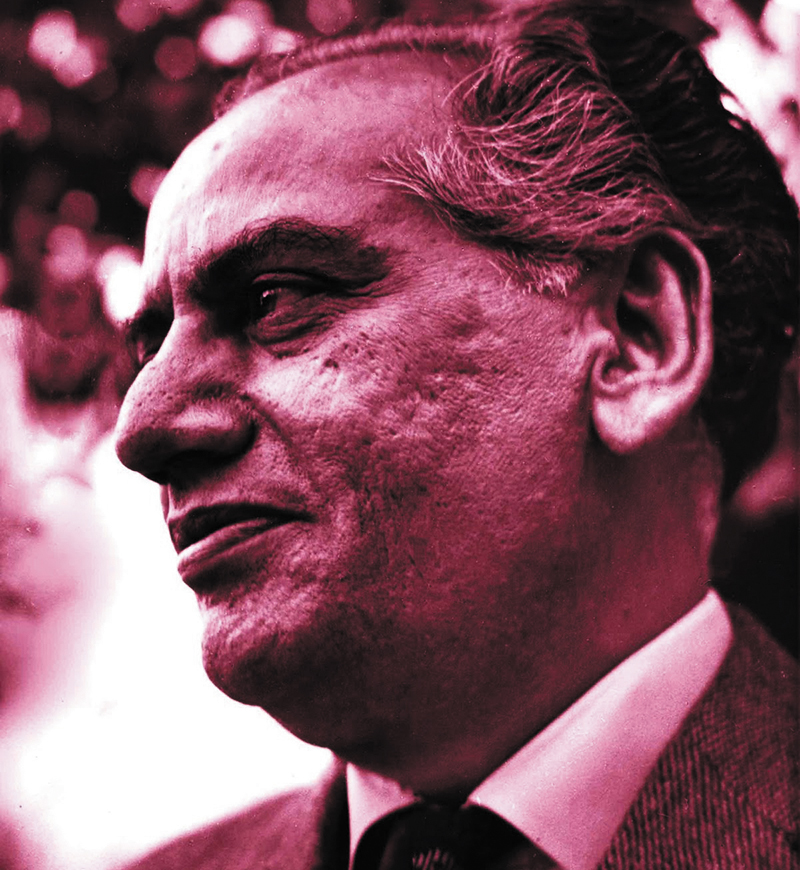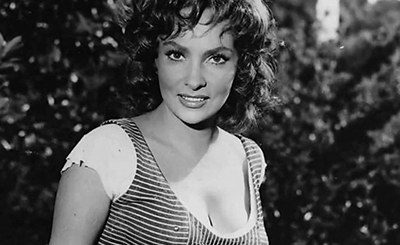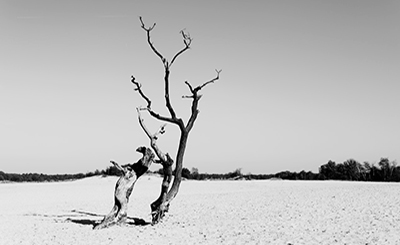
Last night your faded memory filled my heart
Like spring’s calm advent in the wilderness
Like the soft desert footfalls of the breeze
Like peace somehow coming to one in sickness.
—Faiz Ahmed Faiz
In late 1941, Faiz and Alys (his wife) returned to Lahore. Faiz was delighted to find that a copy of his first collection of poems had been delivered from his publisher. It was titled Naqsh-e Faryadi (The Image of One who Laments). The slim volume of poems became an instant hit both among ordinary poetry readers as well as critics, who singled out ‘Faiz’s “creative use of words”, “energy” and “the uniqueness and freshness of (the collection’s) imagery”.’ Since its first publication in 1941, Naqsh-e Faryadi has remained a perennial favourite of poetry lovers. Many of its poems have been set to music and sung by the biggest names of the subcontinent. Today, close to 80 years later, it is obvious that in this first collection itself, Faiz created the particular poetic style which was to become his hallmark. It was in Naqsh-e Faryadi that Faiz created the language and the diction for which he became famous and because of which he is “generally perceived as the hinge between classical and modern ghazal”. It is often said that a poet’s genius becomes evident early on in his career whereas a prose writer’s art matures with age. This is certainly true of both Faiz and the man he considered “the last and greatest of the classical poets of the Urdu language”, Mirza Asadullah Khan Ghalib (1797–1869). He once wrote that no one can claim to have read enough of Ghalib, such is the depth and intensity of his poetry. Faiz borrowed the title of his first collection of poems from the very first verse of Ghalib’s “diwan”, his collected works. Ghalib’s diwan begins, as tradition dictates, with a “hamd”, an ode to the Almighty:
‘Naqsh faryadi hai kis ki shokhi-e tahrir ka
Kaghazi hai pairhan har paikar’e tasweer ka’
About whose mischievousness of writing is the image complaining
[Made] of paper is the robe of every figure of the picture
Writing in 1865, this is how Ghalib himself explained the verse:
First listen to the meaning of the meaningless verses. As for naqsh faryadi: In Iran there is the custom that the seeker of justice [dad-khvah], putting on paper garments, goes before the ruler— as in the case of lighting a torch in the day, or carrying a bloodsoaked cloth on a bamboo pole [to protest an injustice]. Thus the poet reflects, of whose mischievousness of writing is the image a plaintiff? —since the aspect of a picture is that its garment is of paper. That is to say, although existence may be like that of pictures, merely notional, it is a cause of grief and sorrow and suffering.
It should be pointed out here that it is difficult, if not impossible, to adequately translate the term “naqsh-e faryadi” into another language. In Russian, the title has been translated as “forlorn images”, and by noted Faiz translator, Victor Kiernan, as “remonstrance”. Be that as it may, by choosing this title, Faiz paid tribute to his great predecessor and situated his poetry as a continuation of the same venerable tradition.
In order to understand the impact of a great poet on his era, it is necessary to also understand the age in which the poet lives. According to Faiz’s friend and literary scholar Ludmila Vasilieva:
A truly great poet is the product of his circumstances, the need of the times. What makes a great poet is not exactly something which can be quantified or categorised. It is like Iqbal says, ‘Bari mushkil se hota hai chaman mein deedawer paida’ [With great difficulty is a discerning eye born].
A great poet, a true seer, is a representative of his times. He is born when the time is exactly ripe for him to come forward and stand in for his era through his poetry. Faiz was a poet of few words. He has not written a lot but just the same, there is not a single chapter in the history of the subcontinent that has not been reflected in Faiz’s poetry. Before the turmoil surrounding 1947, his poetry spoke of love, of romance.
Then came his famous “Mujh se pehli se muhabbat merey mehboob na maang”
[Do not ask of me, my darling, that love of old]
Page
Donate Now
Comments
*Comments will be moderated











